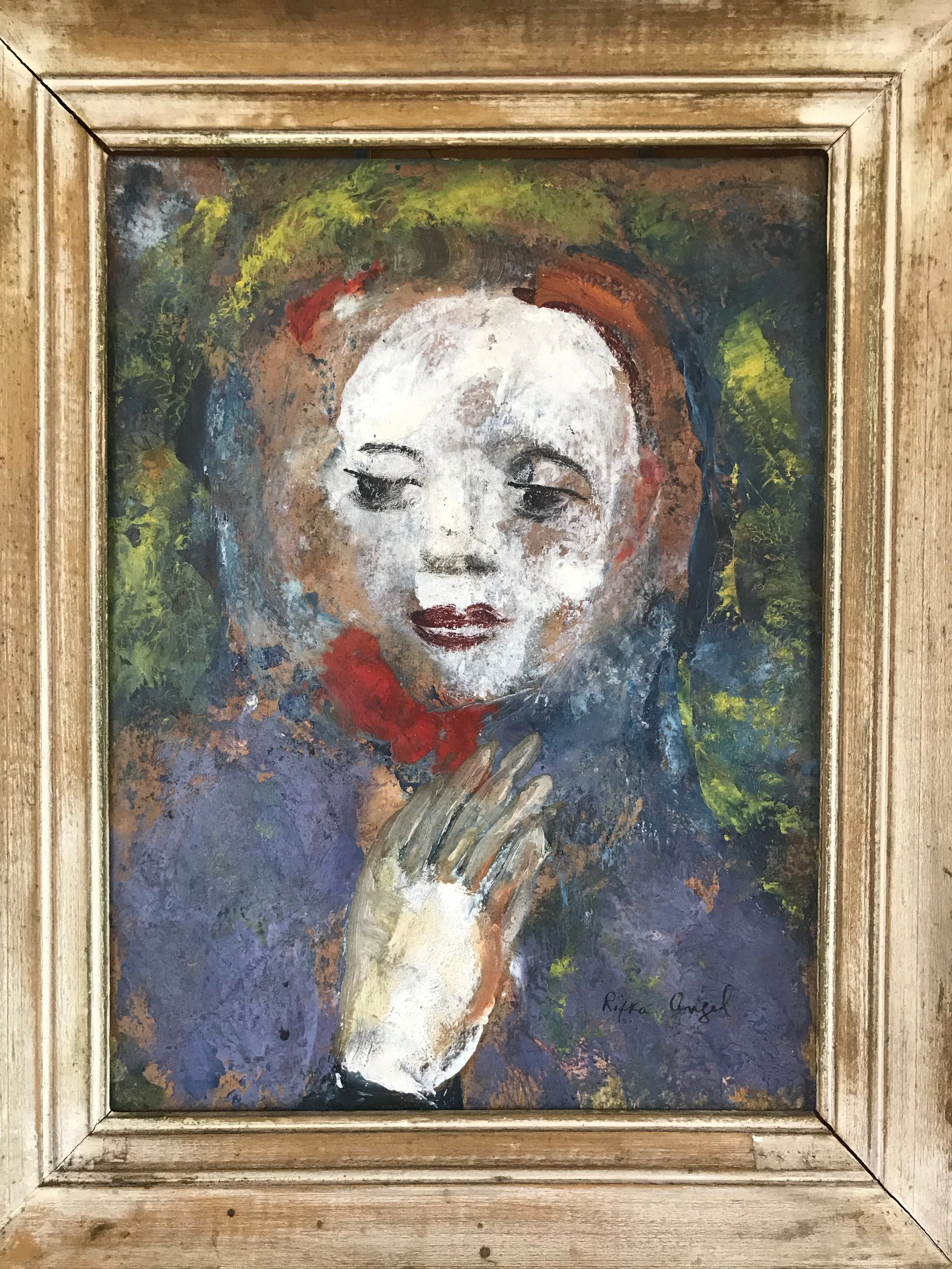From The Collection: Rifka Angel
If you’ve been to R&F for a workshop or tour, you might have noticed we have quite an impressive collection of paintings. This piece by artist Rifka Angel, Sonja or Remembering Dostoyevsky’s Literature, 13” x 10”, encaustic on panel, date unknown, is one of our oldest. Though Karl Zerbe, the German painter who served as chair for the Boston Museum School’s painting department in the 1930s and 40s is widely credited for his work with encaustic, Rifka Angel preceded him by several years. Angel began working with encaustic in the early 1930s and continued doing so until her death in 1988.
Born in 1899 in the town of Kalvarija in Lithuania, the second of four children in a middle class Jewish family, Angel boldly followed her father to New York at the age of thirteen. Despite long hours working in a sweater factory, she managed to attend three years of high school, falling in love with American literature, and later studying dance.
Her first marriage to a painting student at the Art Students League introduced her to the world of art. She began modeling and eventually developed an interest in painting, garnering praise from contemporaries such as John Sloan, and exhibiting with artists Ben Shahn and Louis Ribak. Angel attended the Moscow Art Academy for 9 months in the late 1920s before continuing on to Paris, where sketches of the city formed the basis for her first solo exhibition at Knoedler Gallery in Chicago in 1930.
During her career, Angel participated in exhibitions at prestigious spaces ranging from the Whitney Museum, to the Chicago Art Institute, Van Diemen Lilienfeld Galleries, and Roland de Aenlle Gallery. Her final exhibition, a 40-year retrospective, took place in 1963 at Beatric Orenstein’s Park Avenue Gallery.
Unfortunately, Angel’s early contribution to the medium is rarely acknowledged and little known. We at R&F are grateful to have her work in our permanent collection. In 2005, R&F held an exhibition of Angel’s work and published a monograph to accompany the show. You can download a pdf of this monograph here.

